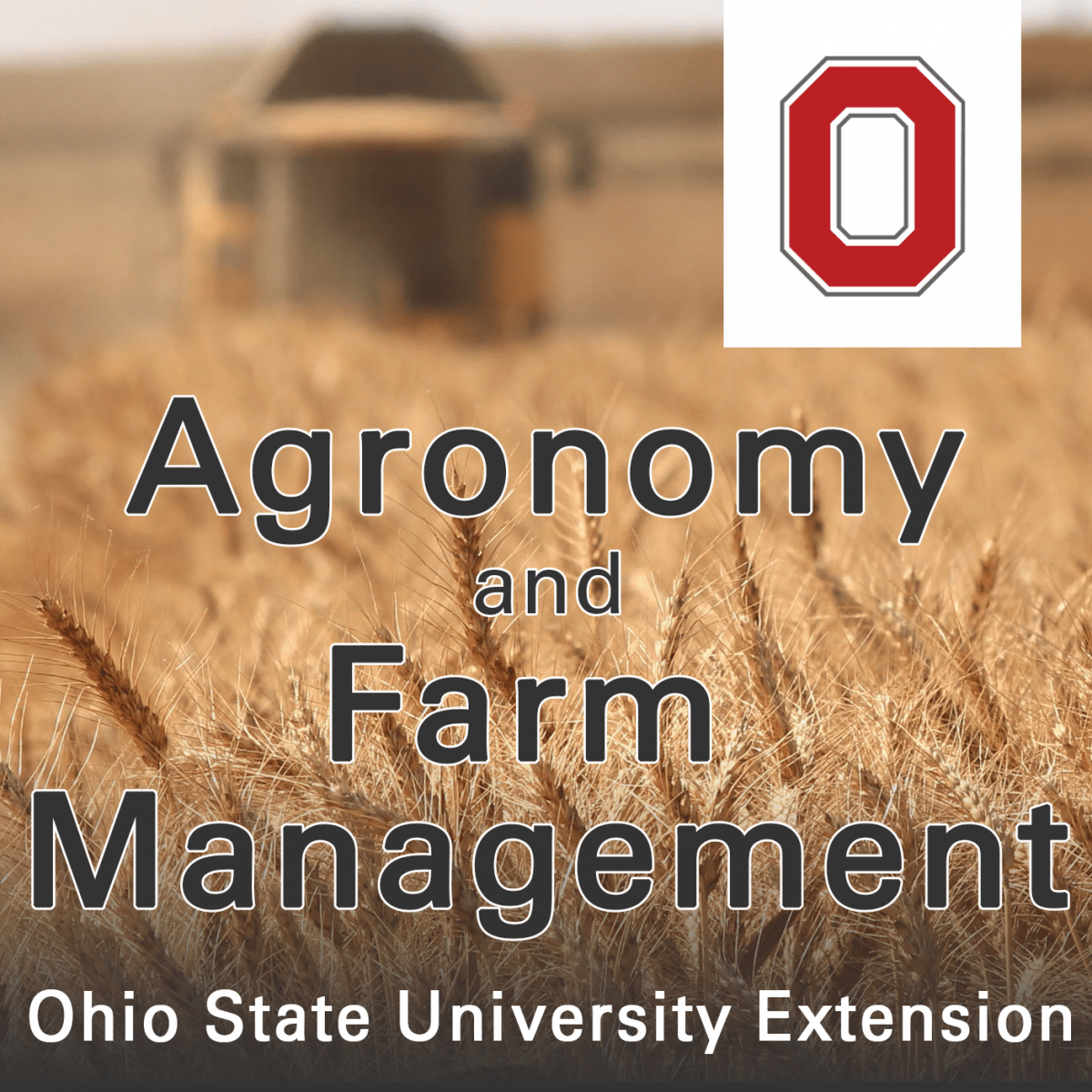Originally Published in farmdocdaily: Sellars, S., G. Schnitkey, C. Zulauf, K. Swanson and N. Paulson. “What Questions Should Farmers Ask about Selling Carbon Credits?.” farmdoc daily (11):59, Department of Agricultural and Consumer Economics, University of Illinois at Urbana-Champaign, April 13, 2021.Permalink
By: Sarah Sellars, Gary Schnitkey, Krista Swanson, and Nick Paulson, Department of Agricultural and Consumer Economics, University of Illinois & Carl Zulauf, Department of Agricultural, Environmental and Development Economics, The Ohio State University
Agricultural carbon markets exist through privately and publicly owned companies with aim to reduce carbon emissions through trade of carbon units sequestered at the farm level. The sale of carbon credits presents an opportunity for farmers to receive financial benefits from changing to more environmentally beneficial agricultural practices, although carbon prices may not currently be high enough to cover the cost of switching practices. Information about carbon markets can be challenging to navigate because each company typically has a different structure for payments, verification, and data ownership. This article provides a brief background about carbon markets, information about the breakeven price for carbon sequestration practices, and some questions for farmers to consider about selling carbon credits. Continue reading →
 OSU Extension Williams County wishes you and your family a safe & successful planting season. To show our gratitude for our local farm families, we will be out in the fields in the coming week with treat bags and bottled water.
OSU Extension Williams County wishes you and your family a safe & successful planting season. To show our gratitude for our local farm families, we will be out in the fields in the coming week with treat bags and bottled water.






